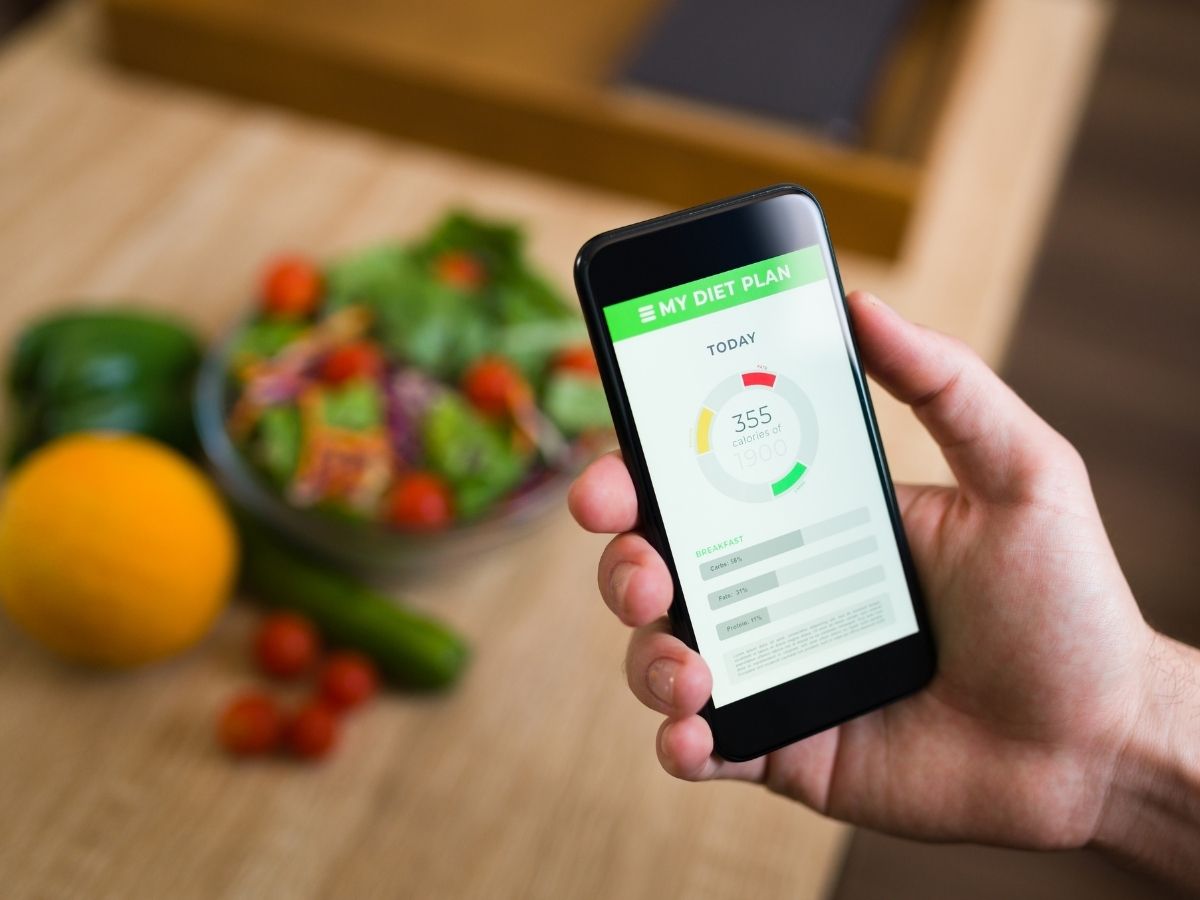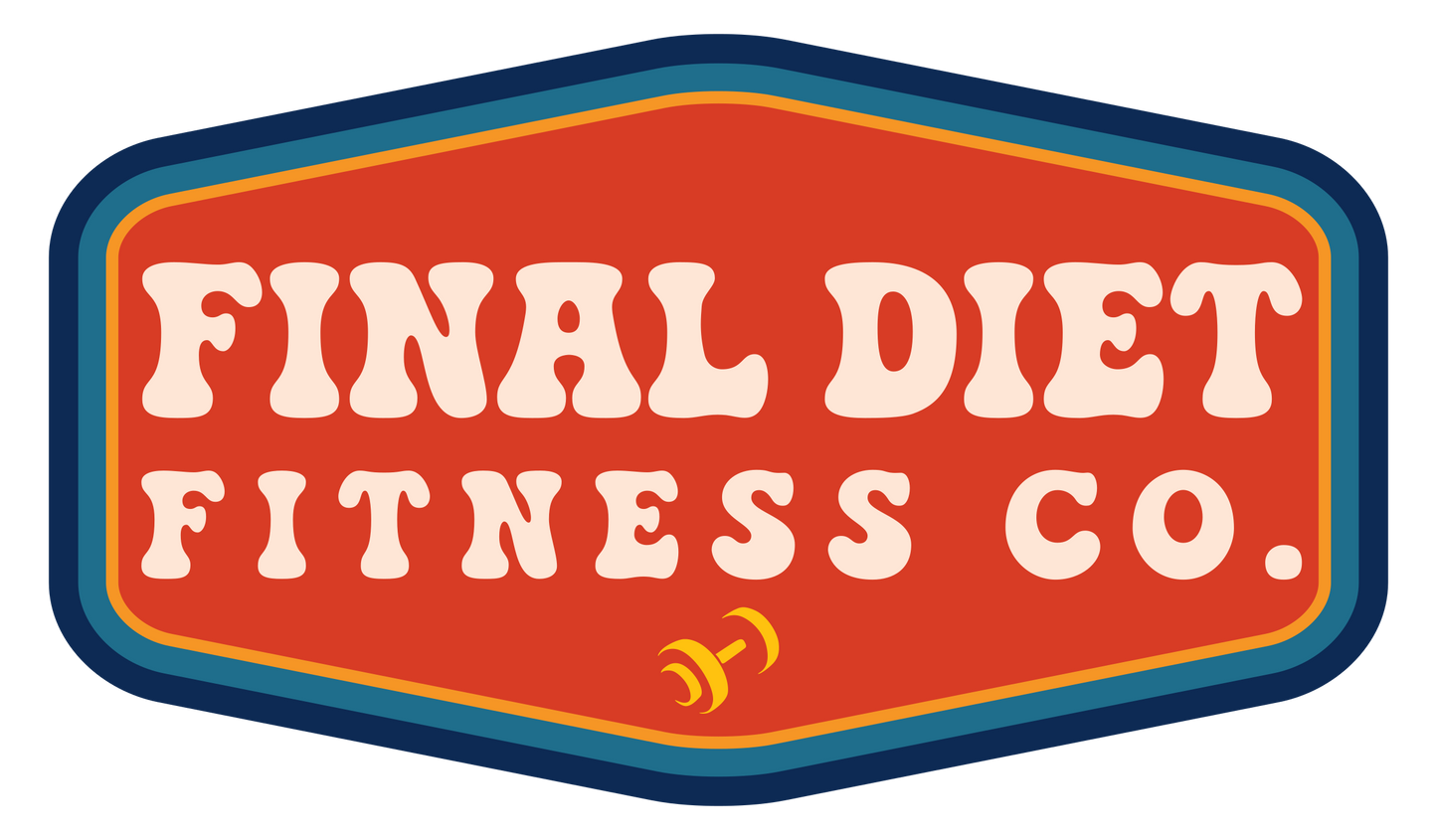
TL;DR (Quick Answer)
- Calorie tracking is a tool, not a forever plan. Use it to build awareness and consistency.
- Start by tracking your normal eating for 3–7 days without changing habits.
- Use an app (like MyFitnessPal or Cronometer) or pen & paper.
- Aim for foods in grams or ounces (use a food scale at home).
- Remember: portion sizes can be off by 20–30% if you just eyeball.
- Don’t stress about perfection — focus on consistency and the big picture.
Why track calories?
Fat loss always comes down to eating fewer calories than you burn. But most people underestimate how much they eat. Tracking:
- Builds awareness of true portions
- Helps spot hidden calories (oils, dressings, snacks)
- Keeps you accountable
- Shows progress even when the scale is slow
- Research consistently shows that food tracking improves weight loss outcomes compared to “winging it.”
Step 1: Establish your baseline
- Before you change anything, track what you normally eat for 3–7 days.
- Don’t try to diet during this phase.
- This gives you a realistic starting point.
- Example: you might discover your “healthy salad” is 800 calories because of oil and toppings.
Step 2: Pick your tracking method
Apps:
- MyFitnessPal (user-friendly, huge database)
- Cronometer (most accurate for macros/micros)
- LoseIt! (simple design, quick logging)
Other methods:
- Pen and paper
- Spreadsheet logging
- Apps are easier, but use what feels sustainable.
Step 3: Weigh and measure food
- For the first few weeks, invest in a digital food scale.
- Weigh meats, grains, pasta, etc. raw when possible (unless the label is cooked).
- Liquids: measure with tablespoons/cups if needed, but remember oils and sauces add up fast.
- Fun fact: studies show people underestimate portion sizes by 20–30% when guessing.
Step 4: Set calorie goals
A simple way:
- Multiply ideal body weight (lbs) × 12–14 = daily calorie target for fat loss.
- Example: 160 lb → 1,920–2,240 calories/day. Adjust weekly based on progress.
- Pair with protein from the earlier article (~0.8–1.0 g/lb of ideal body weight) for best fat loss results.
Step 5: Watch for common mistakes
- Forgetting oils, sauces, creamers, snacks
- Logging “generic” entries instead of scanning labels
- Not accounting for eating out (restaurant meals can be off by 200–500 calories)
- Being “perfect” Mon–Fri, then blowing it on weekends
Step 6: Use tracking as a learning tool
- You don’t need to track forever. The goal is awareness and habits.
- After a few months, most people can transition to portion control and mindful eating without strict logging.
Tips to make it easier
- Pre-log your meals for the day
- Save “favorites” in your app
- Batch-cook meals (like chicken, rice, potatoes)
- Keep healthy snacks pre-measured
- Don’t chase exact numbers — stay within 50–100 calories of target
Is calorie tracking for everyone?
- Helpful for beginners, dieters, and people who like structure
- Not ideal for people with a history of disordered eating — in that case, work with a coach or RD on other strategies
Key takeaway
- Calorie tracking is a temporary training tool. It teaches you what’s really in your food, helps you hit protein and calorie targets, and keeps fat loss on track. Once you’ve built awareness, you can loosen up and still maintain results.
References
- Freedman MR, King J, Kennedy E. Popular diets: a scientific review. Obes Res. 2001;9(Suppl 1):1S–40S.
- Martin CK, et al. Measuring food intake with technology: a systematic review. J Hum Nutr Diet. 2014;27 Suppl 1:2–15.
- Livingstone MBE, Black AE. Markers of the validity of reported energy intake. J Nutr. 2003;133(3):895S–920S.
- Schoeller DA. How accurate is self-reported dietary energy intake? Nutr Rev. 1990;48(10):373–379.
- Burke LE, et al. Self-monitoring in weight loss: a systematic review. J Am Diet Assoc. 2011;111(1):92–102.
- Thomas DM, et al. Why do individuals not lose more weight from an exercise intervention? Obes Rev. 2012;13(10):835–847.
